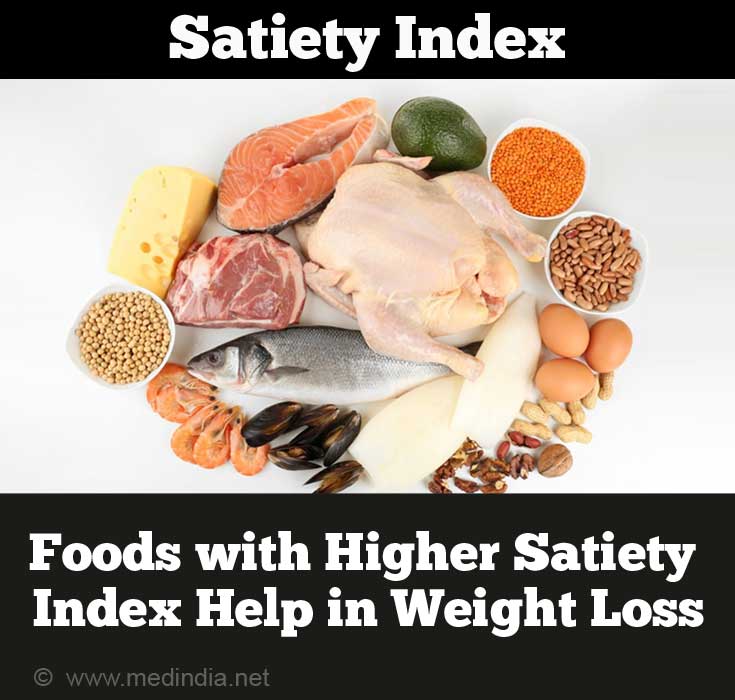- Glycemic Index and Glycemic Load: Roles in Weight, Weight Loss and Satiety - (http://www.wheatfoods.org/sites/default/files/atachments/wfcglycemicpt2.pdf)
What are the Indices Related to Hunger Stimulus?
To understand the concepts of the fullness factor, satiety index and glycemic index, hunger must be defined clearly.
Hunger is one of the most beneficial stimuli of the human body. It ensures that we consume sufficient calories to meet our daily requirement for food. For those trying to lose or maintain their weight, hunger works against them. It is possible to eat less and ignore the hunger pangs for as long as possible, but remember that the hungrier you are, the longer it takes for the stimulus to subside once you start eating. In simple terms, the hungrier you are, the more you will eat. This can adversely affect your weight loss plans.

The feeling of fullness once hunger is reduced is known as satiety. This is where the fullness factor, satiety index and glycemic index come into play. Some foods are better than others in satisfying hunger.
Glycemic Index
The glycemic index (GI) is a numerical value that ranks carbohydrates based on the rate at which they are converted to glucose, also known as glycemic response. The scale used to measure the glycemic index is from 0 to 100. Pure glucose has a glycemic index of 100 and serves as the reference point. Foods, which cause a faster rise in blood sugar, are given a higher glycemic index.
How does GI translate into daily eating habits?
Maintaining constant blood sugar levels helps the body function at its best. A drop in blood sugar leaves you feeling lethargic and hungry, while a sudden surge in blood sugar will cause some of it to be converted to fat and stored in the body. A rapid rise in blood sugar will signal the pancreas to secrete more insulin, which will lead to a rapid drop in blood sugar and this can be followed by hunger and lethargy.
Satiety Index
The satiety index is measured along the same lines as the glycemic index. A scale of 0 to 100 is used to measure satiety index and the foods that satisfy hunger better are given a higher score. White bread is used as the reference point and is assigned the satiety index of 100.
Research has shown that foods with a higher satiety index have a greater bulk per calorie than those with a lower satiety index. Raw fruits, fish and lean meats were found to have a higher satiety index than candy bars, donuts and croissants.

Fullness Factor
The fullness factor is a prediction of satiety from the nutrient content of a food or recipe. Fullness factor values are within the range of 0 to 5. Foods with a higher fullness factor are more likely to satisfy hunger more effectively with fewer calories than those foods with low fullness factor.
From the above description of the fullness factor, glycemic index and satiety index, it is important to understand their pros and cons.
Glycemic index is measured for specific foods and the values can change based on the cooking method chosen and with what foods they are combined with while making a recipe. As the glycemic index is measured solely on the rate of absorption of glucose from food, it is possible that GI responses will vary from one individual to another based on their body’s ability to metabolize carbohydrate. It is also possible to consume too much food when using only GI as a method to achieve satiety. This again is because GI is determined based on carbohydrate content and not protein and fat as well.
There isn’t sufficient research about the satiety index to list a series of pros and cons.
The fullness factor is based on the nutrient content of foods and recipes, thus making it easier to choose foods, which can lead to weight loss.
To achieve the desired weight loss, all the above-mentioned factors must be considered carefully. Ideally, consuming foods with a lot of bulk and fewer calories are best to lose weight.









